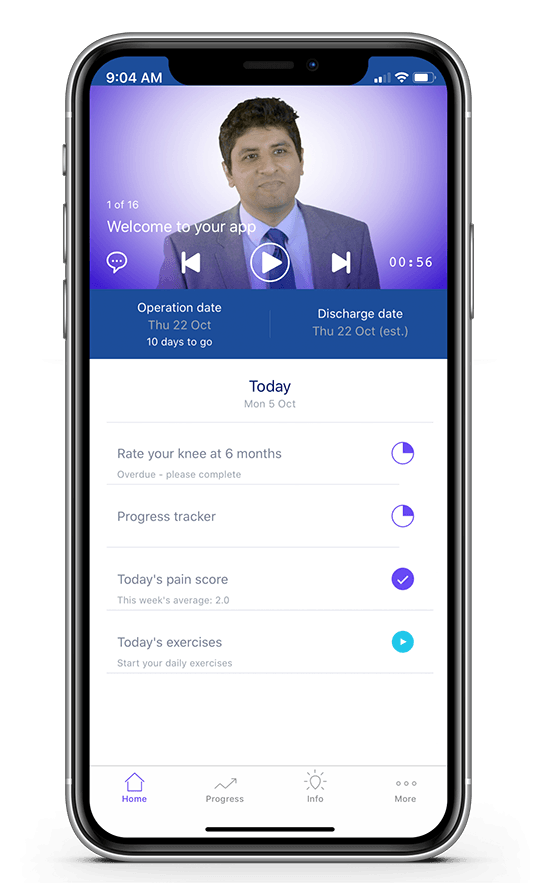Hip Arthroscopy
The procedure requires a given technical expertise level and a combination of skills. This is especially due to the fact that hip joint is pretty challenging to access as it sits deep into the body. Technological advancement that has led to the development of equipment that enables hip arthroscopy makes the operation pretty safe.
The operation involves a camera that is inserted into the hip through an incision made near the affected area. The procedure may be used for removal of loose bodies from the hip, assess and treat lesions on the articular surface, extract torn portions of labrum and even to shrink the capsule of the hip.
Individuals considered for the procedure
- Young, active patients with hip pain history
- Hip pain that has lasted more than half a year and is not resolved by conservative medication
- Traumatic hip injury that leads to sudden pains
The operation is however not conducted on patients with advanced osteoarthritis on the hip.
Benefits of the procedure
Smaller incisions – the procedure offers quick recovery as only small incisions are made.
Short hospital stay – the patient is discharged even on the same day as the surgery
Post arthroscopy Physical Activities
After the surgery, the patient stays on crutches for the first few days. An exercise program presided over by a physiotherapist is then conducted. The aim of the program is to:
- Reduce swelling
- Improved motion range
- Strengthen muscles of the hip
Potential Complications
The procedure, just like any other surgery has its own risks. The fact that it is done under traction brings its own set of risks. Below are the risks:
- Muscle and Tissue Pain After the Surgery – for the surgery instruments to be inserted into the hip, traction is used to pull the hip open. This may result in pain on the hip joint.
- Temporary groin and thighnumbness – prolonged periods of traction may lead to this.
Duration of the Surgery
The surgery typically lasts an hour. It may however take longer especially if extensive work is required.
Duration to Stay in Hospital after Surgery
An overnight stay is the typical stay duration. This time is used to ensure that the patient feels ok and the progress is evaluated by the physiotherapist. Any medical complications may lead to a longer stay.
After Surgery Problems
A patient should expect stiffness and wounds around the hip joint. Some discomfort may also be experienced on the ankles, usually as a result of the pressure used to allow access to the joint by distracting the hip. For the first 24 hours, thigh numbness is pretty common. In certain cases, the genital areas, thigh and groin may experience numbness for a few weeks. The wounds may leak on certain occasions, if this lasts more than 2 days, you should visit your doctor.
Showering with the Wound
Patients are often discharged with a waterproof dressing and they can therefore shower. You can change the dressing if the one applied begins to peel.
Crutches after Hip Joint Surgery
The patient may need crutches between the first and second week of the procedure. The need for crutches lasts for about four weeks if a bone from an impingement lesion which is extensive or if the cartilage defect needs drilling. Prior to the discharge, a physiotherapist assesses the patient to ensure that they can safely mobilize with the crutches and comfortably walk up and down stairs. The physiotherapist will also prescribe a series of exercise that reduce swelling, boost motion range of the hip joint and help in strengthening the muscles of the hip.
Driving after Surgery
The patient takes typically 2 weeks after the surgery to feel comfortable driving.
Follow Up Appointments
The follow-up appointment is usually done after about two weeks post-surgery
Travelling after Surgery
Travelling can be commenced as soon as the patient feels comfortable. It is however best to avoid it until after two weeks of the surgery. It is advisable to avoid travelling for a reasonable amount of time to avoid clots.


